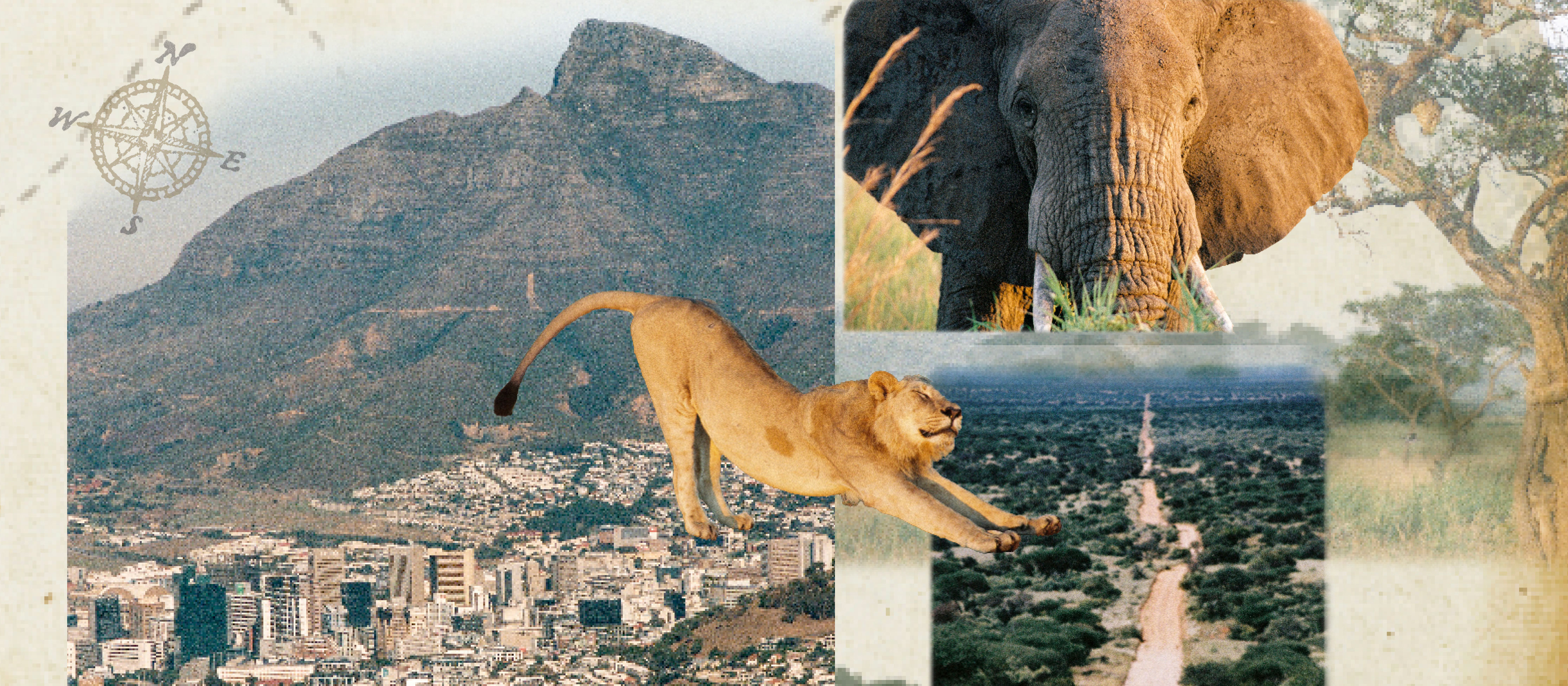Book Review: Sacred Land
Barnaby Rogerson is moved to reconsider his local landscape by a book dealing with our sacred landmarks and what they really symbolise


To order any of the books reviewed or any other book in print, at
discount prices* and with free p&p to UK addresses, telephone the Country Life Bookshop on Bookshop 0843 060 0023. Or send a cheque/postal order to the Country Life Bookshop, PO Box 60, Helston TR13 0TP * See individual reviews for CL Bookshop price.
History/landscape Sacred Land Martin Palmer (Piatkus, £16.99, *£13.99)
I had never thought of Bristol as a sacred city, ringed with angelic and apostolic shrines, until I was halfway through this remarkable book. But then, that is one of the joys of immersing yourself in Martin Palmer's view of our past, for he challenges you to see, experience and relate to the British landscape for yourself. There are guidebook-like gazetteers at the end of each chapter to encourage readers to start on their own journeys, and frequent tips are scattered throughout the text on how to start deconstructing your neighborhood in order to tease out its own particular sacred past.
But Mr Palmer also explains that not all of our ancient monu-ments should be revered with unblinkered enthusiasm. For instance, the archaeologically productive Roman period has left our landscape littered with roads, fortified towns and marching camps, but these are too often merely the traces of state repression, even if we can praise the Roman legions for exercising an admirable tolerance in religious matters and revering and embellishing the sacred sites of the Celts. The same caution must be exercised with the Normans, who, even in the construction of such gorgeous Romanesque cathedrals as Winchester, were primarily demonstrating their power over the conquered Saxons.
Sacred Land is not just a checklist of romantic sites with ancient associations to inspire the casual tourist, but a book lit up by a passionate sense of urgency that we must learn to honour our land with some of the zeal of our ancestors if we are to survive. The author explains how our past can be divided into five great cultural periods, enabling us to separate in our minds the ancestor-worshipping people of the long barrows from the builders of stone circles, 1,000 of which survive, themselves quite distinct from the heroic warrior society of Celtic Britain, with its chariots, hill forts, downland chalk figures and Druid priesthood.
Between these cultures lie cataclysmic Dark Ages, which we are only now beginning to understand through such pioneers of palaeoecology as Mike Baillie of Belfast. Some of these may have been caused by greedy, exploitative societies such as our own, but others were triggered by accidents, such as volcanoes exploding off Iceland (in 2911bc, and again in 1160bc, give or take a year or two). These obscured the sun for a decade, so that crops failed, herds died and at least half the population perished miserably. Don't say you haven't been warned.
Sign up for the Country Life Newsletter
Exquisite houses, the beauty of Nature, and how to get the most from your life, straight to your inbox.
Country Life is unlike any other magazine: the only glossy weekly on the newsstand and the only magazine that has been guest-edited by HRH The King not once, but twice. It is a celebration of modern rural life and all its diverse joys and pleasures — that was first published in Queen Victoria's Diamond Jubilee year. Our eclectic mixture of witty and informative content — from the most up-to-date property news and commentary and a coveted glimpse inside some of the UK's best houses and gardens, to gardening, the arts and interior design, written by experts in their field — still cannot be found in print or online, anywhere else.
-
 Vertigo at Victoria Falls, a sunset surrounded by lions and swimming in the Nile: A journey from Cape Town to Cairo
Vertigo at Victoria Falls, a sunset surrounded by lions and swimming in the Nile: A journey from Cape Town to CairoWhy do we travel and who inspires us to do so? Chris Wallace went in search of answers on his own epic journey the length of Africa.
By Christopher Wallace
-
 A gorgeous Scottish cottage with contemporary interiors on the bonny banks of the River Tay
A gorgeous Scottish cottage with contemporary interiors on the bonny banks of the River TayCarnliath on the edge of Strathtay is a delightful family home set in sensational scenery.
By James Fisher